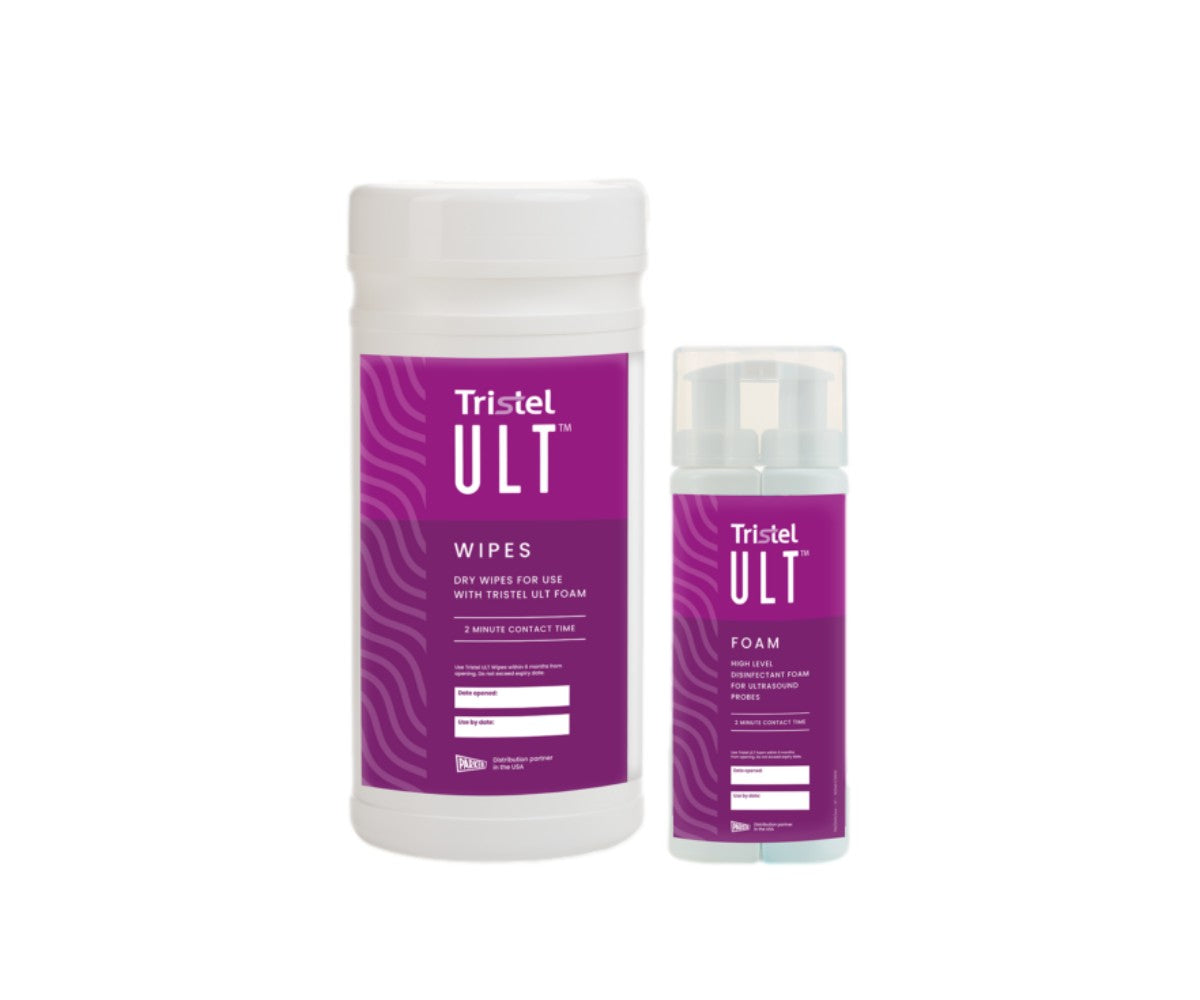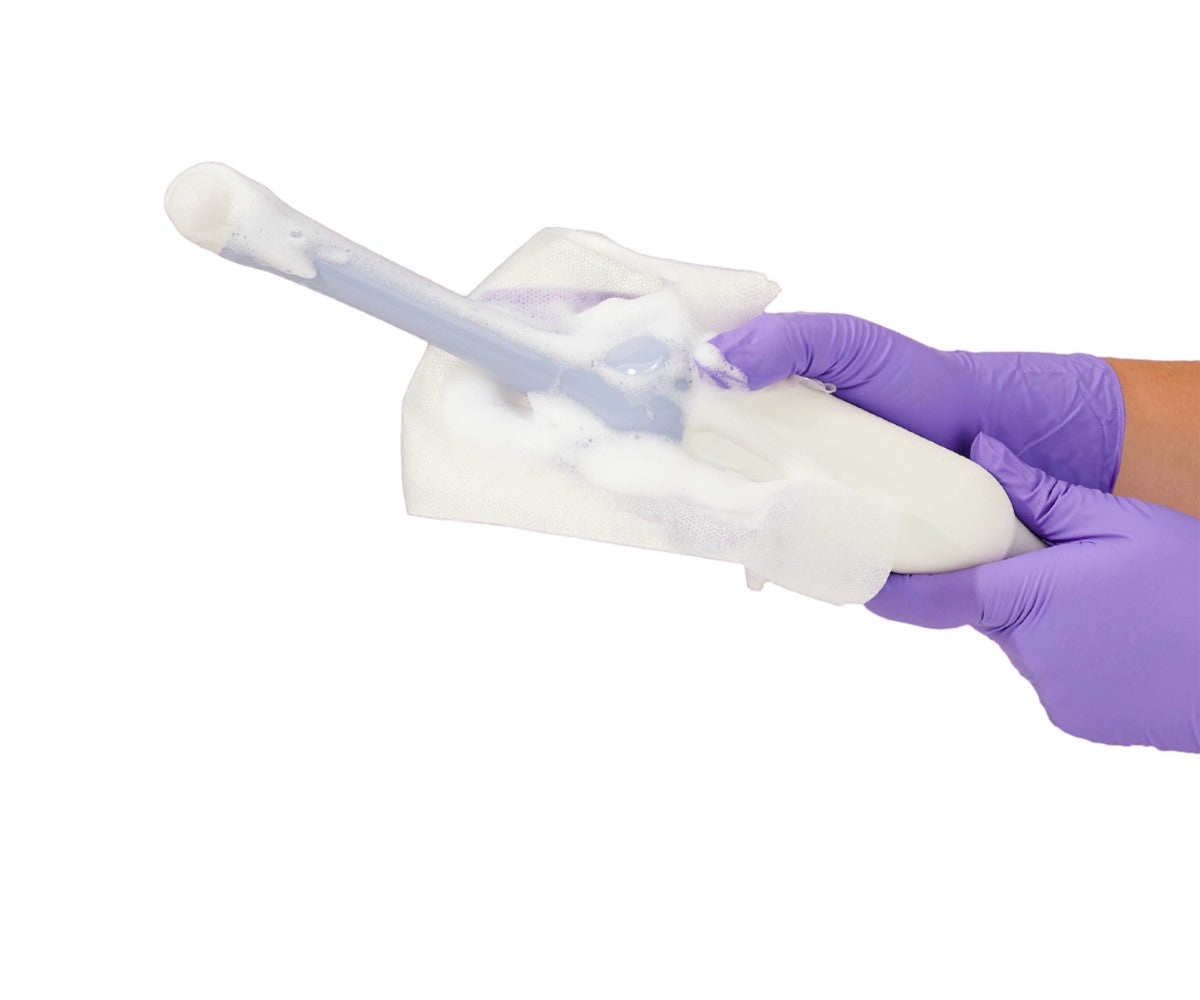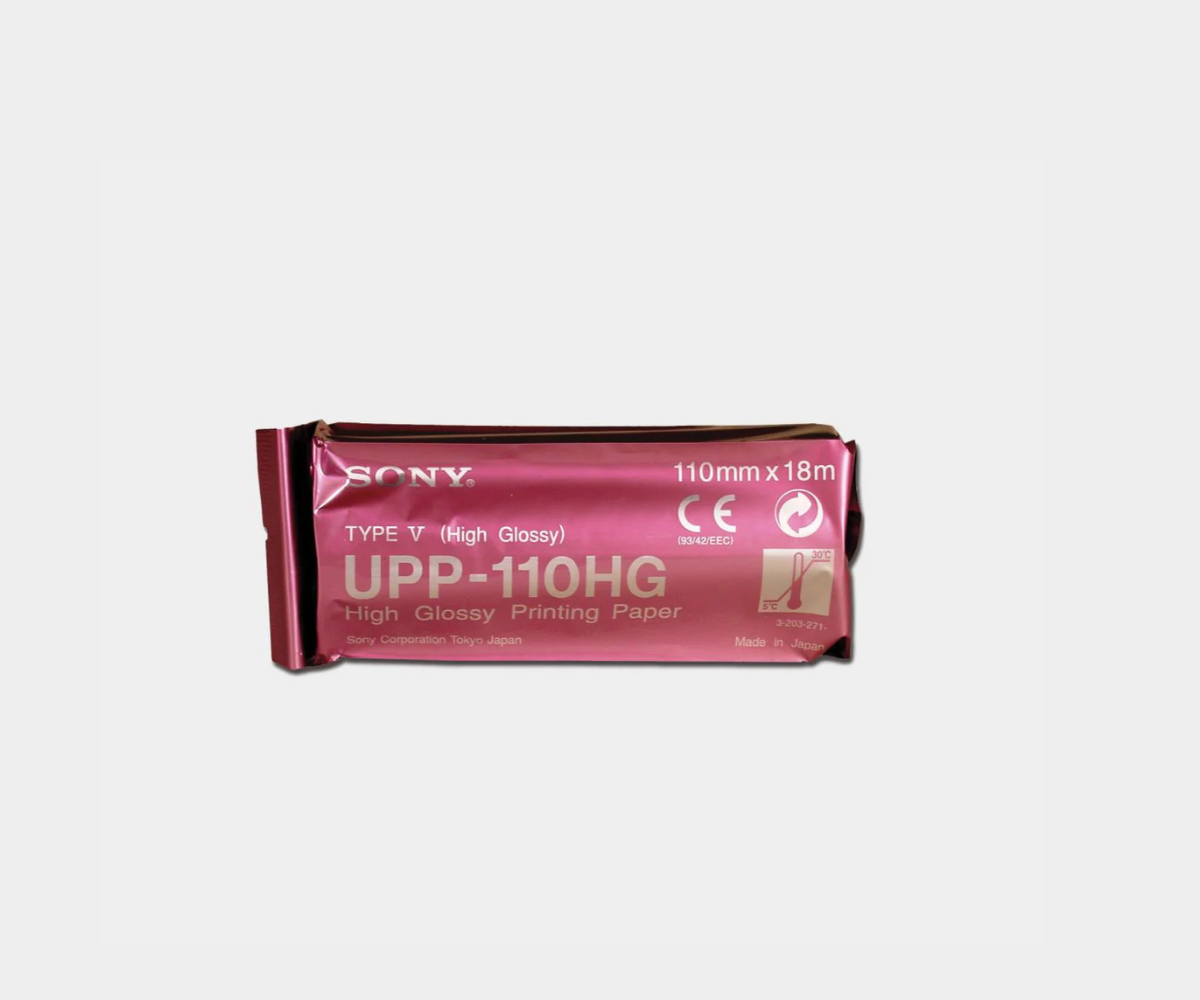After skin cancer, prostate cancer is the most common cancer in American men. According to the American Cancer Society, about 268,490 men will be diagnosed with prostate cancer in 2022. Prostate biopsies are key for early detection. However, they can carry high risks when infection control strategies for ultrasound-guided prostate biopsies are not implemented correctly.

Depending on the practitioner and facility, two types of prostate biopsy procedures can be performed: transrectal and transperineal. Although 99% of prostate biopsies are performed as transrectal ultrasound-guided procedures, this approach carries a variety of risks.
The most prominent risk associated with these procedures is sepsis. As reported by the Mayo Clinic, the transrectal prostate biopsy method has a sepsis risk of 1-2 in 100 patients. On the other hand, the transperineal prostate biopsy boasts a much lower risk: 1 in 500.
What percentage of men who have a prostate biopsy get an infection?
There has been an increase in infectious complications and hospitalizations in recent years after a prostate biopsy procedure, not only in the United States but also in other developed countries. In the United States, the infection rate following an ultrasound-guided prostate biopsy rose from 0.4% to 1.2% over the period 1991–2007.
In a European randomized prostate cancer screening study 1993-2011, there was a 10% increase in the hospitalization rate, of which 81% were related to infections. And similarly, between 1996-2005, there was an increase of 1%–4.1% in hospitalization rates for Canadian men, 75% of them due to prostate biopsy infection.
These are some of the risks and prostate biopsy side effects:
- Infection such as sepsis (transrectal biopsy: 1-2 in 100 men/ transperineal biopsy: 1 in 500 men)
- Hematuria (blood in the urine)
- Hematospermia (blood in the semen that can last up to three months)
- Temporary erectile dysfunction (less than 5% of men)
- Bruising of the skin (most men)
- Urinary retention requiring catheter placement (1% of men)
- Rectal bleeding (1% of men)
How to decrease the risk of infection from a prostate biopsy?
To decrease the risk of infection during and after these procedures, it’s important to implement infection control strategies for ultrasound-guided prostate biopsies that help prevent those risks.
During interventional endocavity procedures, practitioners deal with vital organs in a sterile environment. This is why following the basic recommendations to guarantee patient safety is essential.
However, sometimes basic is not enough, especially for procedures like prostate biopsies that require infection control measures for the patient before, during, and even after.

Infection control strategies before prostate biopsy procedures
Most infections after prostate biopsy originate thanks to rectal vault bacteria. This has caused practitioners to develop disinfecting methods to reduce the bacterial load before the procedures, thereby decreasing the risk of infection. Some of these infection control strategies for ultrasound-guided prostate biopsies include:
Enemas
In a study, 50 men were randomized to receive either placebo or prebiopsy enema and then to obtain rectal cultures and biopsy specimens from them. After the procedure, all patients received ciprofloxacin and metronidazole (every 12 hours × 2 doses). The study showed that prebiopsy enema could reduce the incidence of bacteremia from 28% to 4% and the incidence of bacteriuria.
Even though enemas can be an effective infection prevention method, it’s also relevant to mention that it has been suggested that enemas can also cause local irritation to the rectal mucosa, which can cause an increased risk of bacterial inoculation.
Rectal suppositories
After evaluating the efficacy of prebiopsy bisacodyl suppositories in 456 patients and providing them with seven days of cefixime or levofloxacin peribiopsy, it was found that the infection from prostate biopsy rate was significantly reduced from 9.5% to 1.3% with the use of prebiopsy rectal suppositories.
Cleansing agents for the rectum
The povidone-iodine solution has also been studied as a rectal cleansing agent alongside ciprofloxacin prophylaxis starting the day before the procedure, as well as enemas 2 hours before obtaining the prostate biopsy.
The evidence showed a 42% risk reduction in infectious complications after implementing these measures. Another research where the authors used 10% povidone-iodine solution mixed with lidocaine jelly in patients, who also received standard prophylaxis, revealed a decrease in infectious complications from 5.3% to 0% and a significant 97% reduction in bacterial colony load.

Rectal cultures before prostate biopsy
Implementing rectal cultures to identify fluoroquinolone-resistant flora to optimize and customize the prescription of targeted prophylactic antibiotic administration has also shown a high effectiveness rate in decreasing the risk of prostate biopsy side effects related to infectious complications.
Infection control strategies during prostate biopsy procedures
Besides the bacteria in the rectum, when it comes to prostate biopsies or any endocavity interventional procedures, there is a risk of cross-contamination that can lead the patient to get healthcare-associated infections (HAIs).
The best way to protect your patients from HAIs is by protecting your endocavity equipment and following the Spaulding classification to assess any potential risks.
Appropriate equipment handling
The use of needle guides for prostate biopsy purposes has spread concern around the idea that they may not be suitable for adequate cleaning and therefore serves as an optimal space for bacterial colonization.
A study evaluated the use of disposable needle guides compared to reusable guides in 253 patients. There were 9 events among 113 men randomized to disposable needle guides and 22 events among 140 men randomized to reusable needle guides, which led to a difference that wasn’t statistically significant.
Other researchers have recommended using a sustained-release chlorhexidine varnish coat on the instrument to provide a more durable antibacterial surface.
Even though the available research on using disposable needle guides to decrease infection risk has produced inconclusive results, it is true that their one-time use eliminates the possibility of cross-contamination due an improper reprocessing.
Using reusable instruments will always increase the risk of cross-contamination, especially when facilities don’t have the time or equipment to reprocess them accordingly. Disposable tools reduce the risk of infection and also save time and money for healthcare facilities by eliminating the reprocessing step for certain procedures.
Prostate biopsy method
Even though transrectal ultrasound-guided prostate biopsy is the default method for urologists, the transperineal approach has been gaining more popularity in the last years due to the lower risk of infections this alternative has.

The main risk of transrectal prostate biopsy is the possibility of inoculating the urinary tract with gastrointestinal flora, causing a potential infection after prostate biopsy. This risk increases with the amount of biopsy cores needed. The reason for this is the number of passages that the needle needs to make through the contaminated rectal mucosa and into the urinary tract.
An alternative to prevent this from happening is using the transperineal method. However, not all the facilities have standardized this option due to the elevated costs and time investment that making this switch represents for healthcare providers.
What antibiotics are used to prevent infection from a prostate biopsy?
Antibiotic prophylaxis has the best evidence supporting its effectiveness in reducing bacteriuria, bacteremia, fever, urinary tract infection (UTI), and hospitalization. Medical professionals recommend the use of antimicrobial prophylaxis for transrectal prostate biopsies.
Additionally, different studies have proved that a single dose of antibiotics can be enough to prevent the risk of complications such as asymptomatic bacteriuria, UTI, and epididymitis to more severe infections like meningitis, vertebral osteomyelitis, sepsis, and septic shock.

Urologists have been working hard to implement recommended infection control strategies for ultrasound-guided prostate biopsies. However, the rates of infectious complications keep increasing due to the nature of the procedure.
At EDM Medical Solutions, we plan to keep providing practitioners with the most comprehensive solutions for infection control that range from endocavity probe covers to protect your ultrasound equipment to disinfection products to high-level reprocessing of your reusable tools.
Additionally, we offer a variety of instruments like our automatic and semiautomatic biopsy devices to perform your ultrasound-guided prostate biopsies easily and more efficiently. Explore our different options and the benefits of using needle guides, whether they are reusable or disposable. For more information about which one to choose, click here.








